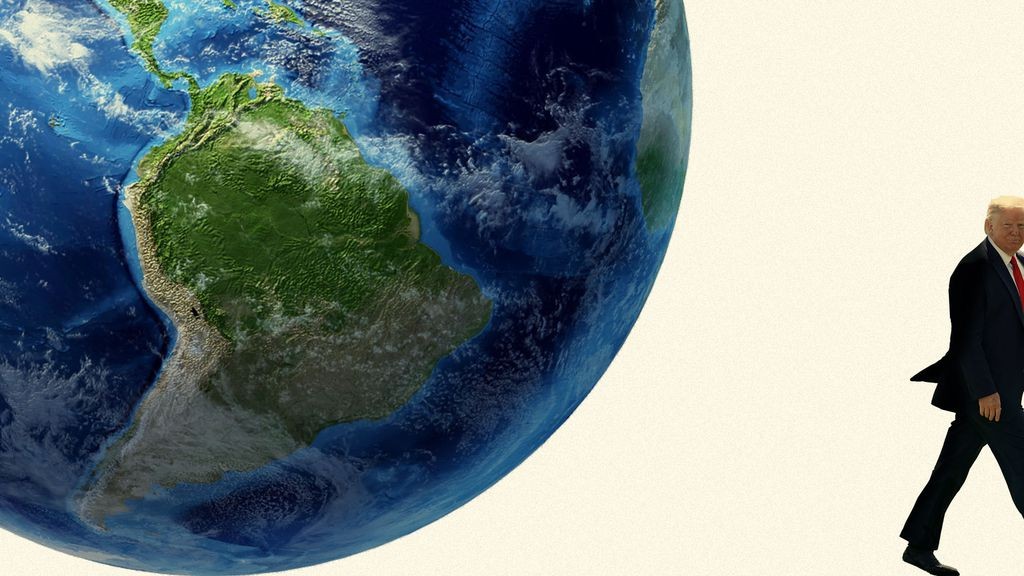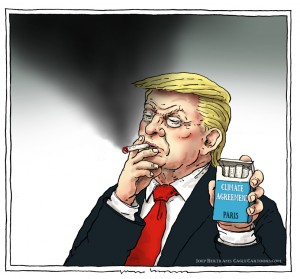
Need to Sustain Paris Pact after US Exit
The United States initiated the process of leaving the Paris Agreement, notifying the United Nations, on November 04, of its withdrawal from the landmark climate deal. Under the current rules of the Paris Agreement, the earliest date that the US would be able to exit the accord would be 5 November 2020, which comes, incidentally, a day after the 2020 US presidential election. Once the United States exits the 2015 Paris Agreement, it will become the only country in the world that has refused to become a signatory. Syria and Nicaragua, the last remaining countries who were earlier holding out, also became signatories in 2017. Since the United States is the world’s second largest emitter of greenhouse gases, its withdrawal may jeopardize the efforts being made to control the menace of climate change.
The formal notification by the United States that it will leave the 2015 Paris climate change agreement comes amid fresh reminders of the serious effects of global warming in the form of more frequent extreme weather conditions accompanied by more devastating damage. The Special Report on the Ocean and Cryosphere in a Changing Climate, released in September by the UN’s Intergovernmental Panel on Climate Change (IPCC), has cautioned that global warming not only enhances the disaster risk from mega-typhoons and high tides but inflicts grave damage on the marine ecosystem. The rise in sea water temperature between 1993 and 2017 was twice as fast as the period from 1969 to 1993, the report said, attributing the change to the effects of man-made warming. In the worst-case scenario regarding emissions levels, the world’s sea levels at the end of this century will be as much as 1.1 meter higher than around the close of the 20th century.
To avert the catastrophic effects of climate change, the Paris agreement, concluded in 2015, set a target of keeping the rise in global temperature well within 2 degrees Celsius from pre-industrial levels and close to 1.5 degrees. What’s clear is that the voluntary pollution-reduction targets set so far by the participating countries, even if achieved, would be far from sufficient to tame climate change. Therefore, the signatories must keep upgrading and meeting their commitments.
Amidst this grave situation, the United States is withdrawing from this landmark treaty. As always in a system of sovereign states, the temptation to free ride or defect is the major challenge to joint action. By refusing to shoulder its fair share of the global burden, the United States, led by the Trump administration, is placing the fate of the nation and humanity at risk—and showing just how little it has learned from history.
The exit of the world’s second-largest emitter of greenhouse gases marks a setback for the framework accord just before its measures to fight global warming start to kick in next year. Key participants in the Paris accord need to make extra efforts to shore up the agreement by upgrading their commitment to reduce their own emissions of heat-trapping gases. Merely calling the Trump administration’s decision “regrettable” is not enough.
To have any hope of addressing the global climate crisis, the world’s governments must renew their commitment to collective security, albeit focused on the survival of the planet as well as the deterrence of aggressors.
 Jahangir's World Times First Comprehensive Magazine for students/teachers of competitive exams and general readers as well.
Jahangir's World Times First Comprehensive Magazine for students/teachers of competitive exams and general readers as well.



